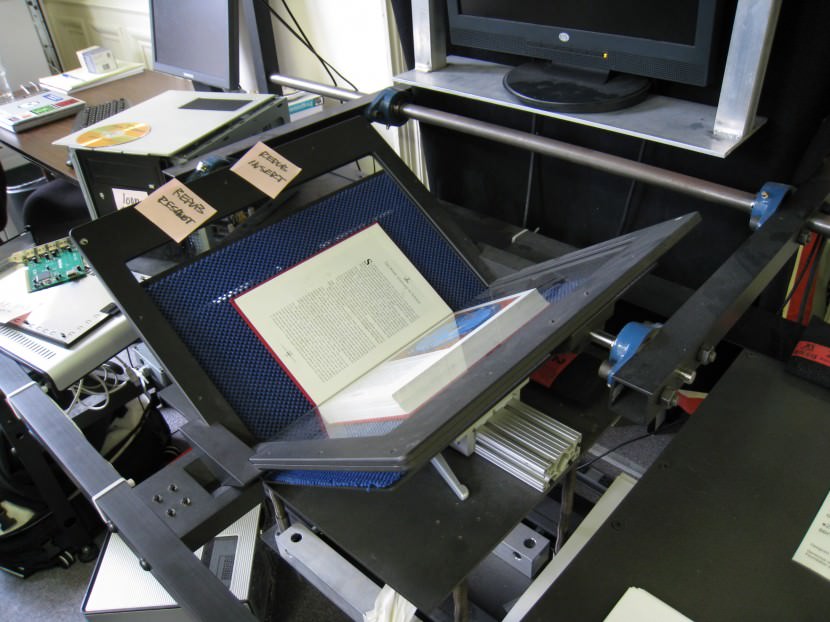
It also allows individuals to build custom models from scratch. It uses machine learning image processing as well as deep learning to identify important information and structured data. The program has the ability to process ID cards, invoices, and receipts. In addition, this OCR allows the user to annotate the scanned documents. It takes just a few hours to complete the tasks and also allows you to extract information directly from images. NanoNets is a web-based OCR program that converts scanned documents into usable formats.

Use For: Ideal for small and mid-sized businesses that need more automation.
#OCR SCANNER SOFWARES FREE#
Pricing: Free for individual use, $499 a month for business use This OCR allows the user to annotate the scanned documents Once I found what I was looking for, I was off and running. I didn’t like that I was unable to view a history of document changes, but I did find the user interface clear. It made it a bit difficult to figure out what I was looking for. When I first booted up the program, I realized that there were a lot of features available. One of the unique features of ABBYY Finereader is that it allows you to compare multiple documents with ease.Įven though there are a lot of column features, it can be difficult to conduct fast searches using ABBYY Finereader. The cost is a one-time payment for a perpetual license. With Abbyy FineReader, you get a lightweight program with enough features to work well. Use For: Converting paper documents into various formats, including PDFs and editable text files.Ībbyy FineReader provides a comprehensive OCR solution that can take paper documents and organize them in a digital, editable way. Enjoy the confidence that comes with knowing content that was once invisible to search can now be found.Abbyy FineReader scans documents and then converts them into PDFs, Microsoft Office, and other editable formats, depending on the needs
#OCR SCANNER SOFWARES SOFTWARE#
OCR software is designed to maximize the search capabilities of leading enterprise and Windows file systems. Staff continue to upload documents into the document content repository without worrying about OCR as a process or a workflow since the software catches every file automatically. Managing non-searchable files becomes as simple as set-and-forget. It can search and convert backlogs of legacy documents as well as actively monitoring for newly-profiled documents.īack-end, automated OCR software works silently in the background, so there is no impact on staff workflows or processes. Smart processing identifies only those documents requiring OCR – like scanned images saved as TIFFs or image-based PDFs – and applies a text layer. New search and assess technologies that include OCR software can find non-searchable content including image files and emails with attachments and convert them to text-searchable PDFs.

Non-searchable content erodes user confidence in the document management system and search technology it disrupts organizational productivity as users waste time trying to find documents, and it risks breaching regulatory compliance or legal implications for eDiscovery.

There is no text in these documents since they are images, so it’s not possible to search the document for specific words or phrases. Non-searchable content is image-based documents such as BMP, JPG, PNG, and TIFF files as well as paper documents that have been scanned to PDF. Despite this investment, our research has found that more than 30% of documents in a content repository are non-searchable and therefore invisible to search technology. Businesses have invested heavily in content repositories – like document management systems - and search technology to ensure instant access to business-critical documents. For information to have real value it must be accurate and available 24/7. Access to information in the digital age is crucial, which means so is Optical Character Recognition (OCR) software.


 0 kommentar(er)
0 kommentar(er)
